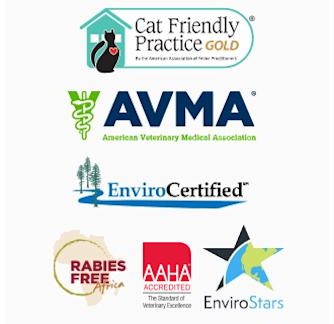Do you know the signs of ear infections?
General

There may come a time when a more thorough exam will be needed by your veterinarian. If your dog is shaking his head frequently, scratching his ears, if you notice redness and/or swelling of the skin of the ear flap or the outer portion of the canal or if there is an odor or discharge, these all suggest that a visit to your dog’s doctor is in order.
We will cover some of these diagnostic exams and the results they may return. The tests will be used to eliminate possible causes of the symptoms you have noticed, and they will be used by your veterinarian to identify if there underlying issues which have led to these symptoms. Unless all the causes of the inflammation are identified and treated, the condition may continue, return or even become worse.
After a thorough history is taken, the initial exam is done with an otoscope. Depending on the pain associated with your dog’s condition, sedation may be needed in order to ensure a thorough examination. This visual examination will help to identify impacted debris, foreign objects, parasites and even ruptured ear drums. While performing this exam, the discharge noted can hint at the type of underlying infection which may be present. A light, moist cerumen [a fancy word for earwax] may indicate yeast or staphylococcal infections. Yeast will also produce a sweet biscuit-like aroma, while many bacterial will give a metallic one. A green, black, tarry or mucoid discharge may suggest a Pseudomonas infection. Still other bacterial produce a creamy, yellow discharge.
During the otoscopic exam, samples are taken of both the debris and/or discharge present to aid in the identification of infection-causing organisms. A simple smear of the ear canal may present a quick diagnosis of bacterial or yeast infections as well as parasites. Examination of this sample is the single most important technique in assessing the involvement of pathogens in the ear. One type of organism commonly found in otitis externa conditions are bacteria. Small numbers of various bacteria are present in normal ears. During the early stages of inflammation in the ear canal, the normal ear secretions increase, which is limited in its external movement by breed predispositions. Cocker Spaniels are one example of a breed whose ear canal anatomy causes a buildup of these secretions during early otitis externa.
The overgrowth of these common bacteria is of even greater challenge to the treatment prescribed because many of these bacteria are resistant to a wide range of antibacterial agents. If microscopic examination of the discharge in the ear canal suggests a bacterial infection, your veterinarian may also suggest susceptibility testing in order to determine the proper antimicrobial for treatment. This is especially true if the issue is recurring frequently.
Yeast is also a normal part of the micro-flora of the ear canal. Just like bacteria, under certain circumstances it may increase in number which can trigger inflammation. Unlike bacterial infections, it typically is not necessary to identify the species of yeast nor to undertake susceptibility testing.
While treating either of these types of infections (bacteria or yeast) with the appropriate medications, it is also suggested your veterinarian test your dog for any underlying potential causes of a suppressed immune system which may have led to the overgrowth of the normal yeast in the ear canal. However, a swim in the lake can also case some of these issues as the ear canal may not fully dry out leading to an environment that can encourage bacterial or yeast overgrowth.
Finally, the sample collected during the exam may show the common parasite, ear mites. These are identified on direct examination under a microscope and are treated with anti-parasitic drugs which also contain an antibacterial because many of these parasite infections also have a secondary bacterial infection.
In order to make the diagnosed treatments more effective, your veterinarian will do a thorough cleaning of the ear canals. Many times a follow up exam in 5-7 days will be needed to assess the progress of the treatment. During this time you should avoid any home remedies or cleaning solutions. Many of these can actually cause the ear canal to increase in swelling due to irritation from the product (particularly vinegar based solutions). Any treatment prescribed should be continued until the infection is completely eliminated by a follow up otoscopic exam and swab testing. For most cases the follow up exams and re-testing will take up to 28 days to insure total elimination. For severe cases it may take months to resolve and there are conditions which may require indefinite treatments.
Whether your dog has an initial ear infection, diagnosed by your veterinarian and treated with prescribed medication or requires additional testing for underlying endocrine challenges, the first best diagnosis will still be the close observation, routine examination and cleaning of your dog’s ears at home by you, the owner.
Sources:

